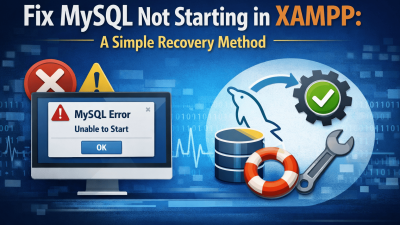The .NET platform has evolved into a premier framework for building high-performance, scalable applications for web, desktop, mobile, and cloud. Its unified architecture, robust tooling, and vibrant open-source community empower developers to meet diverse modern development challenges efficiently.
A Unified Evolution: From Windows to Everywhere
.NET’s journey began with the Windows-centric .NET Framework, introducing foundational innovations like the Common Language Runtime (CLR) and ASP.NET. A strategic shift toward open-source and cross-platform compatibility culminated in the 2016 release of .NET Core. This was fully realized in 2020 with .NET 5, which unified .NET Core, the .NET Framework, and the Xamarin mobile platform into a single, cohesive ecosystem. The latest iterations, including .NET 8, continue to enhance performance with features like Ahead-of-Time (AOT) compilation and advance full-stack web development with Blazor.
The Cross-Platform Advantage: Build for All Devices
A core strength of modern .NET is its ability to deliver consistent user experiences across all major operating systems and devices from a single codebase.
- Web: ASP.NET provides powerful frameworks like MVC, Razor Pages, and Blazor for creating dynamic, scalable web applications.
- Example: Stack Overflow leverages .NET to handle massive scale while maintaining performance and simplicity.
- Mobile: .NET MAUI (and its predecessor, Xamarin) enables the development of native iOS and Android applications, significantly accelerating development cycles.
- Example: UPS used .NET to unify its mobile experience across devices, reducing development time by 50%.
- AI & Machine Learning: The ML.NET library allows developers to integrate custom machine learning and predictive analytics directly into their .NET applications.
- Example: AVEVA uses ML.NET to embed predictive analytics into its industrial software, enabling real-time optimization.
Essential Tools for Modern Development
The platform is supported by a comprehensive suite of tools designed to boost productivity throughout the development lifecycle.
- IDEs: Developers can choose between the full-featured Visual Studio IDE or the lightweight, extensible Visual Studio Code editor.
- .NET CLI: The command-line interface facilitates efficient project management, building, and testing, perfect for automation and CI/CD pipelines.
- NuGet: This package manager seamlessly integrates a vast ecosystem of official and community-built libraries, simplifying dependency management.
Driven by a Vibrant Open-Source Community
The .NET ecosystem thrives on collaboration. Platforms like GitHub and NuGet host thousands of community-contributed packages, fostering rapid innovation and knowledge sharing. This strong open-source foundation ensures the platform continuously evolves to meet new developer needs.
Conclusion
Today’s .NET is a versatile, high-performance, and unified platform for building the next generation of applications. By combining cross-platform capabilities with a powerful toolset and an active community, .NET provides a compelling foundation for developers tackling modern software challenges.



